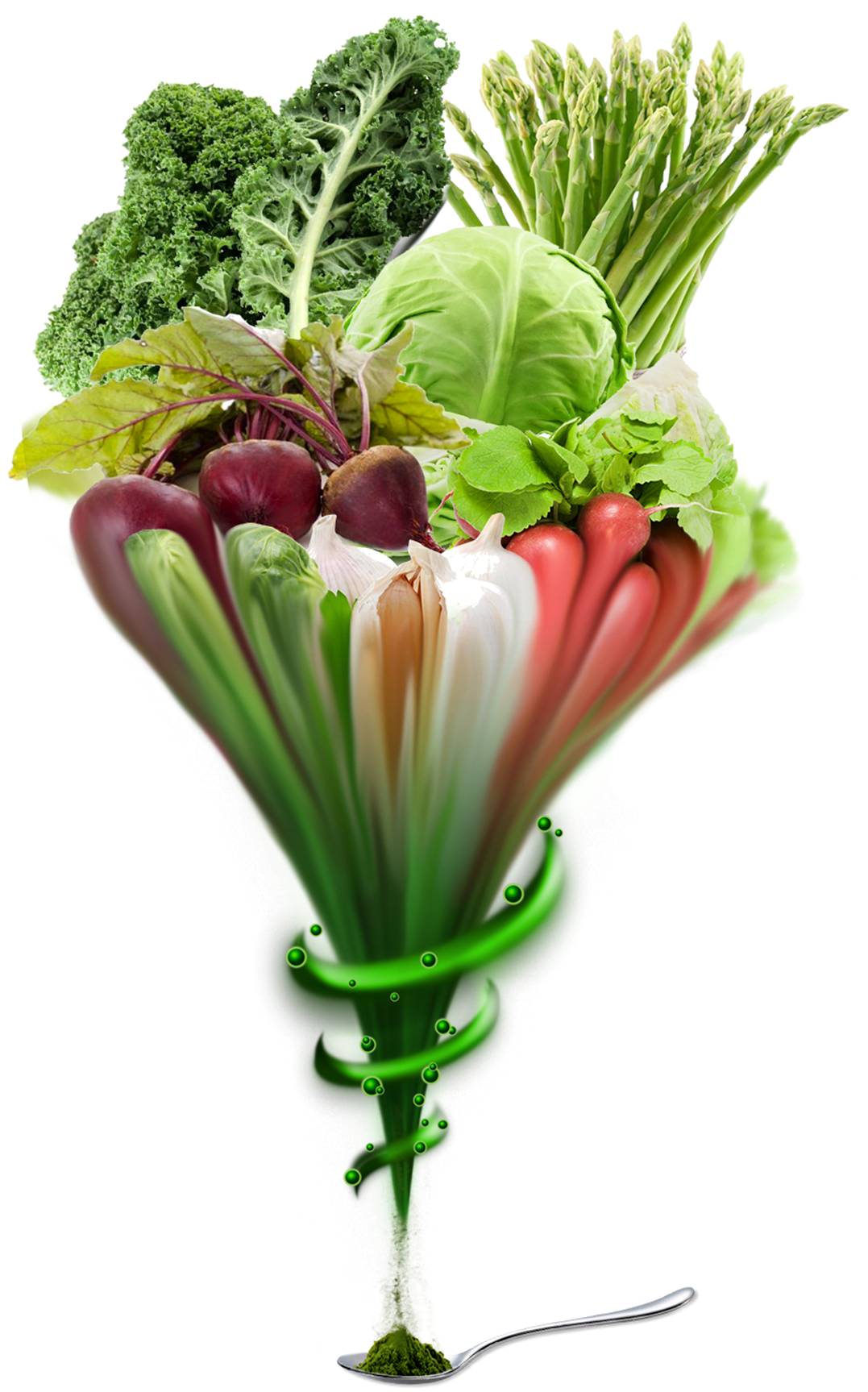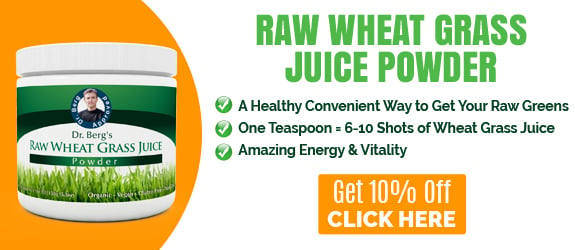How to Get 3 Pounds of Vegetables in One Teaspoon

Feeding your body right is essential to good health. Incorporating nutrient-dense foods into your diet is a simple lifestyle change that can set you on the right track and give even the healthiest among us a great boost. Wheatgrass and wheatgrass juice get a lot of attention for their nutritional value for a good reason.
What is the nutritional value of wheatgrass?
Wheatgrass juice, or the sap of the wheatgrass separated from the fiber and cellulose of the plant, is a quick-absorbing blast of nutrition.
It contains a high concentration of most of the fat-soluble vitamins that our bodies need, minerals and trace minerals, enzymes, phytonutrients, and chlorophyll.
The magnesium and chlorophyll in wheatgrass is a great blood-builder, while phytonutrients are associated with disease prevention and better overall bodily function.
Chlorophyll is also associated with dozens of health benefits ranging from appetite control to helping your body heal faster. Trace minerals, too, support the health of the hair, skin, and nails. Nail health is an excellent indicator of your nutrition.
I recommend wheatgrass in the management of many chronic conditions. Ensuring that the body has all the vitamins and minerals it needs, and more, gives you extra energy and makes up for any deficiencies you may have despite a well-balanced diet. Think of a simple wheatgrass juice shot as nutritional insurance.
What are the benefits of powdered wheatgrass juice?
One of the most obvious benefits of using wheatgrass juice powder is the convenience. Keeping a jar in the pantry is much easier and more convenient than growing and juicing wheatgrass in your home or stopping by your local juice bar every single day.
Luckily, in this case, the convenient option also has functional benefits.
It is important to distinguish between powdered wheatgrass and wheatgrass juice powder. Powdered wheatgrass is the entire blade of wheatgrass, dried and grounded to a powder.
While this is convenient, it leaves the cellulose, skin, and fiber of the plant in the product. By weight, powdered wheatgrass has a lower concentration of vitamins, minerals, and other nutrients because so much of the plant fiber is left intact.
Wheatgrass juice powder is made by first juicing the wheatgrass and drying the nutrient-rich juice. The resulting product is highly concentrated and pure.
It is so concentrated in this form, in fact, that the nutritional value of a single teaspoon is comparable to the nutritional value of three pounds of vegetables, an entire 10” x 20” tray of live wheatgrass, or thirteen 'shots' of wheatgrass juice.
What is special about Dr. Berg’s Wheatgrass Juice Powder?
My own brand of wheatgrass juice powder is created to the highest possible standard at every step of the process by a company called LiquiDry.
The wheatgrass is grown on the ancient seabeds in Utah. The ground there is rich in trace minerals, which the wheatgrass absorbs during growth and maintains during processing. The grass is then harvested when its nutritional value is at its highest.
Once harvested, the plant is juiced, and the juice is quickly dried. Minimizing processing time ensures that the product does not degrade or stagnate before it can be packaged in its stable powder form.
How the juice is dried is also important. High-heat processing methods destroy the enzymes in the juice.
My own wheatgrass juice powder is dried with a process called Bioactive Dehydration, which never subjects the juice to heat above 106 F. It also goes from juice to powder in no more than four minutes, and sometimes in as little time as four seconds.

The process of making this product is both precise and minimal, and the resulting powder is as close as you can get to fresh juice. Of course, it is also more concentrated and more convenient!
How should I take Dr. Berg’s Wheatgrass Juice Powder?
Personally, I like to take wheatgrass juice as a shot. It’s an instant pick-me-up that makes my body feel great in seconds.
The flavor of a shot made with this powder is definitely rich and satisfying, and slightly different from standard wheatgrass juice— it smells and tastes a bit like barley, with a hint of sweetness, and no bitterness.
If you like the taste and enjoy the instant, invigorating effect of the product, mix a teaspoon of the powder in a small amount of water. The powder contains no binders, stabilizers, or fillers, and it is very fine and concentrated, so take care to mix it well so you get a smooth shot with no clumps.
If shots aren’t for you, adding the powder to your morning kale shake is another way of consuming the product, and adding a boost to your shake as well.

Discover the benefits of wheatgrass juice powder and see more Nutrition advice from Dr. Berg Video Blog.
